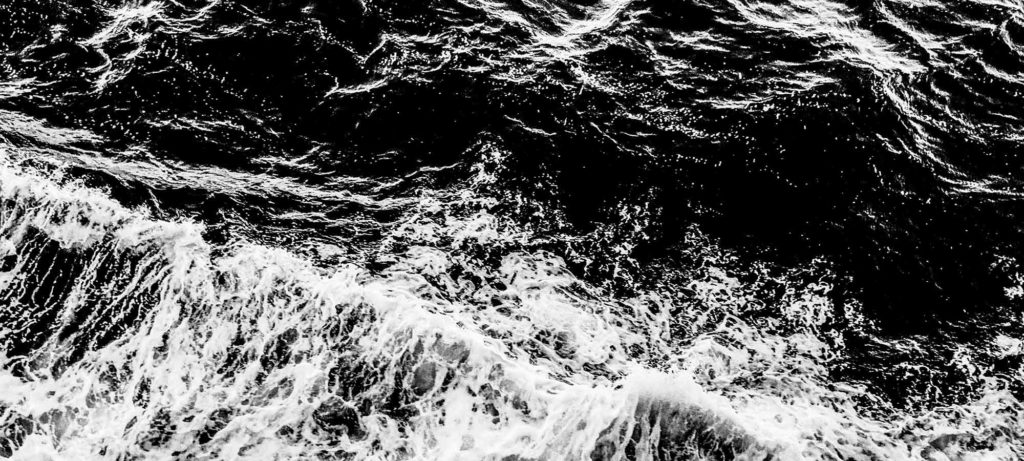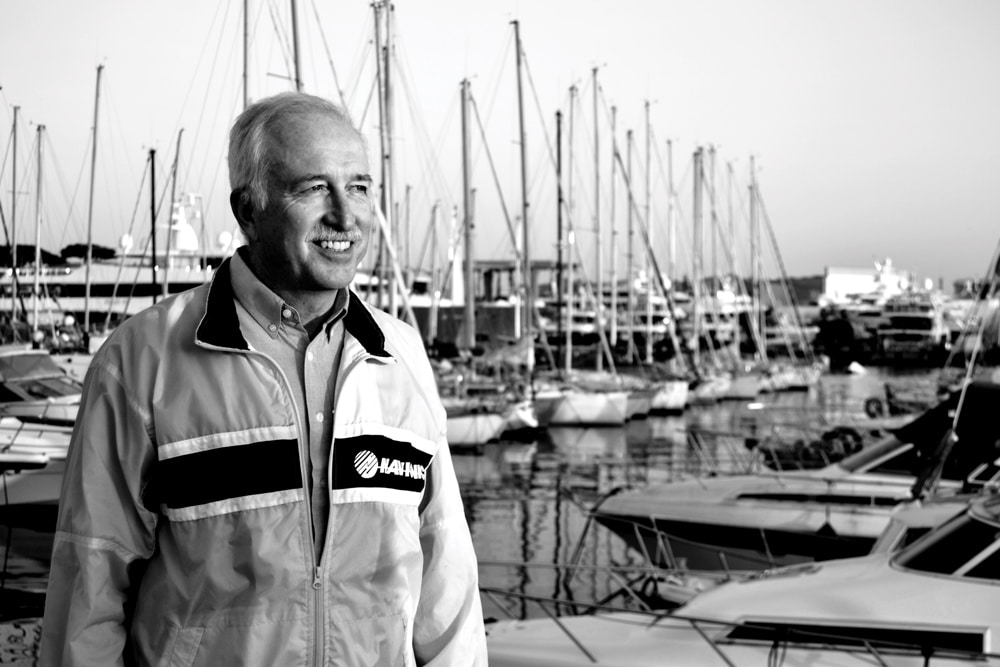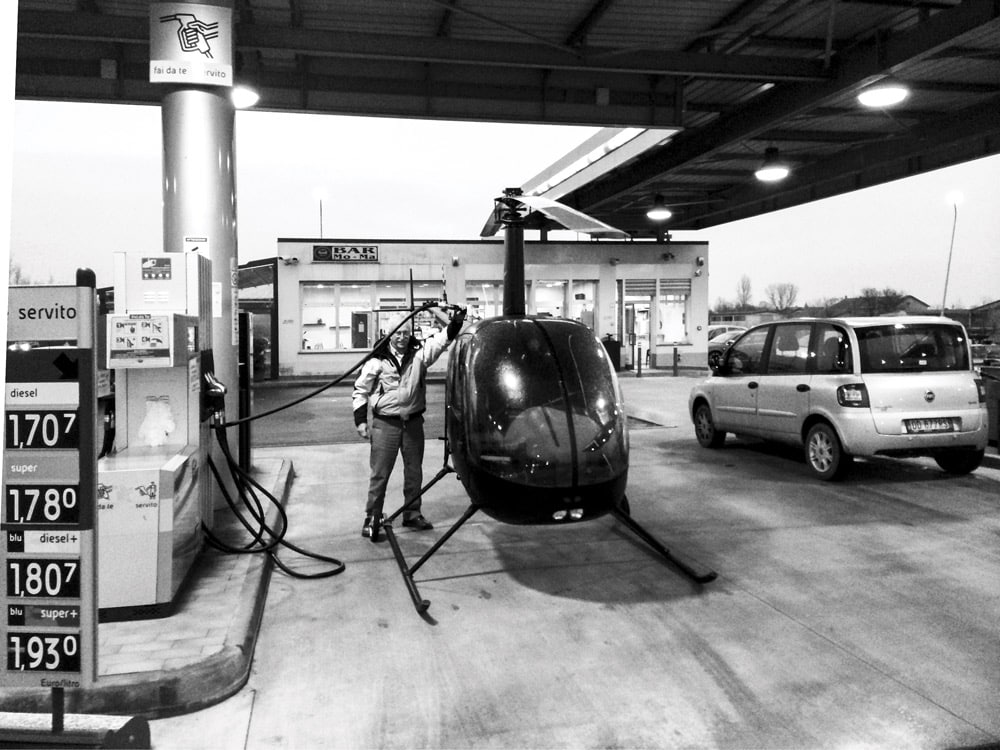
Giuseppe Carnevali, co-inventor of the first electronic chart display system for recreational yachts, found inspiration in a movie.
“James Bond placed a box under Goldfinger’s car and followed him in his Aston Martin using a display,” Carnevali says. “It was sci-fi.”
Science fiction or not, the scene helped Carnevali recognize the value of a digital chart-plotting system for boating and flying.
Carnevali co-founded Navionics in 1984 with Fosco Bianchetti, and served as CEO until retiring in 2017. The heady list of industry firsts credited to Carnevali and Navionics includes seamless quilting, auto-routing, user-generated cartography and mobile apps. And Carnevali, now 71, always gravitated toward bettering his products’ user interfaces.
“My dad used to say that people who make products should be required by law to use them,” Carnevali says. “I was a pioneer in user interfaces, and I wanted to make things easy — that was our focus since the early times. I saw [the opportunity] 20 years before the rest of the marine industry. If people can’t figure out how to use it, it’s as useless as if it didn’t work at all.”
During the past 50 years, few aspects of yachting have evolved faster than navigation, where electronic charts, reliable chart plotters and satellite-navigation systems have obviated most yachtsmen’s need for paper charts. And while contemporary navigators readily trust privately built electronic charts, this wasn’t true in 1984. Carnevali had to use everything in his life’s history to win trust and dent the marine-electronics universe forever.
“Sailing is in my DNA,” says Carnevali, whose grandfather was a ship owner and whose father was a naval architect and shipyard manager. “My father built a boat before [my parents] had a proper bed.”
Carnevali begged his parents for a sailing dinghy for his junior high school graduation gift. It was unceremoniously delivered on the beach, sans instructions.
Meet Big Brother
In 1984, Giuseppe Carnevali and Fosco Bianchetti invited the press for a tour of New York City’s East River aboard a powerboat with tarped windows, blinding all navigational awareness save for the cathode-ray-tubed display of Geonav, the recreational marine world’s first electronic-chart display. A lookout was abovedecks, but the crew belowdecks used Geonav’s position information and cartography for the 16-mile journey. “The sea trial went perfectly, but it was a revelation: I learned to do something 10 times before inviting the press,” Carnevali says.
“I started rigging it, but I had no clue,” Carnevali says. “A guy was watching and asked if I knew how to sail. When I said no, he gave me one rule: If I start to tip over, release the sheet.”
This seat-of-the-pants user experience proved effective. Carnevali became Italy’s national champion while earning his pilot’s wings and a doctorate degree in mechanical engineering and naval architecture from the University of Genoa.
Next was a tour in the Italian navy, followed by a stint as Benetti shipyard’s production manager, where he oversaw the construction of the 281-foot Nabila. In 1980, she was the world’s most sophisticated mega-yacht.
A deep recession soon roiled Italy, and Carnevali knew change was needed. He partnered with Bianchetti, and “together, we came up with the idea of making sci-fi a reality,” he says. “I knew what boaters needed, but I didn’t know how to do it. He knew how to do it, but he wasn’t a boater.”
The duo founded Navionics after developing the recreational marine world’s first vector chart and chart plotter but parted ways just a year later. Bianchetti built a rival company, C-MAP, while Carnevali continued leading Geonav and Navionics.
“It was the two best things we ever did,” says Carnevali, who remains friends with Bianchetti. “As monopolists, we were a little complacent … but as competitors, we developed things so fast that no other companies could keep up.”
While this competition bred innovation, traditionally minded authorities and boaters viewed electronic charts from nonofficial sources as heresy. International hydrographic offices saw chart-making as their private fiefdom.
“We spent the first 10 years convincing paper navigators that electronic charts aren’t wimpy, and that using them doesn’t reduce one’s manhood,” Carnevali says. “Having competition was healthy, as it was easier to prove that I wasn’t just a crazy inventor.”

The bigger concern, however, involved overcoming lawsuits and the protectionist attitudes of hydrographic offices.
“We spent the first 10 years convincing paper navigators that electronic charts aren’t wimpy, and that using them doesn’t reduce one’s manhood.”
Giuseppe Carnevali, Co-Founder and Former CEO of Navionics
“In the U.S. and Canada, the hydrographic office, as a way to exclude us, set up monopolistic arrangements with the companies they controlled,” Carnevali says. “In the U.S., it took the then-speaker of the House and the Department of Commerce’s internal investigation office, and in Canada, the prime minister himself, to put an end to it.”
It was a ruling in 1997 by the Federal Court of Australia that proved decisive.
“Had we lost, by domino effect we would have been shut out of the market all over the world,” Carnevali says. “By winning the case on safety with flying colors, the hydrographic community started changing their attitude. … The rest came one small step after another, as on one side the technology and our product improved, and on the other side, the boaters’ awareness increased.”
Another big moment came in the ’90s when a licensing agreement with Garmin went south because of quality-control issues on Navionics’ part.
“That was a slap in the face, but it was healthy,” Carnevali says. To remedy the situation, Navionics needed to hire 30 additional cartographers, who couldn’t be found in the United States or Europe.
“I went to India and eventually had up to 350 cartographers, more than any other hydrographic organization in the world,” Carnevali says.
This additional manpower allowed Navionics to develop much of its behind-the-scenes technology while building and curating a chart library for U.S. lakes and rivers, thanks to an in-house fleet of 16 survey boats.
“It was probably one of the biggest survey teams in the world at the time,” Carnevali says.

Another insightful, early move was allowing Navionics charts to work on most licensed third-party multifunction displays. This platform flexibility created a much bigger market for Navionics charts.
“It took me years to realize that software was the bigger opportunity,” says Carnevali, who sold Geonav in 2007. Navionics’ app became the 37th most popular app of any kind in Apple’s app store, beating out myriad games and consumer applications.
“If people can’t figure out how to use it, it’s as useless as if it didn’t work at all.”
Giuseppe Carnevali, Co-Founder and Former CEO of Navionics
All told, Navionics and Geonav delivered numerous disruptive innovations, including the first chart plotter to offer a sunlight-readable LCD screen (1991), a built-in GPS receiver (1997), a reduced-size keyboard (1995) and waterproof protection (1998), as well as critical software and cartography features, including the world’s first software-development kit (1988), seamlessly quilted cartography (1984), user-generated cartography (2009), wireless updates via mobile devices (2014), and Carnevali’s final project, dock-to-dock one-click routing (2017).
Related: 2018 Marine Electronics: Navigation
These innovations were recognized in 2018, when Carnevali won the National Marine Manufacturers Association’s Alan J. Freedman Memorial Leadership Award, and the Italian Marine Industry Association’s Boating Pioneer award.
Carnevali sold Navionics to Garmin in fall 2017 and announced his retirement. He now points to the Carnevali Foundation (née the Navionics Foundation), which he began in 2001 with his wife, Jacqueline, as his proudest accomplishment.
“Being able to create a foundation that builds and manages schools and orphanages for poor kids” is gratifying, Carnevali says. “Two thousand kids are going to school instead of being illiterate, and 75 orphan girls have a home. It’s my first priority.”
In 2015, Carnevali was diagnosed with stage 4 cancer, but, much like another pioneer, he is gracefully accepting it as an opportunity to grow.
“Steve Jobs said that the prospect of death gave him a new life,” Carnevali says. “Since being diagnosed, I have developed a particularly advanced sense of life enjoyment. It may be a paradox, but I’m going through one of the best parts of my life — I’m enjoying it with an intensity that I didn’t before … sailing, skiing, spending time with my family …. I have 2,000 children, so I’m not short on ways to enjoy life.”








